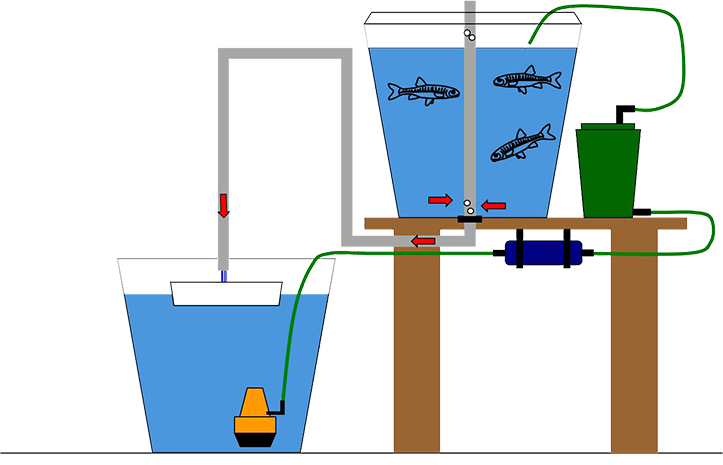As the mussel’s life cycle is well known, it can be bred under laboratory conditions.
The breeding program has several stages:
First, the rivers are searched for pregnant females. The shells are opened slightly to analyse the mussel’s gills. Females that carry larvae have thickened, swollen gills. Animals that meet this profile are carried back to the breeding station and kept in aquaria filled with river water.
At the same time, host fishes are captured in the river. The minnow has shown to be the host species that is the most suitable and easily captured. The hosts are kept in containers filled with river water as well.
When the females release the larvae (glochidia) between April and June, they are collected and checked under the microscope. If the larvae are fully developed, they will be added to the containers containing the minnows. The infestation of the fish occurs as the larvae attach to the fish’s gills.
After the fish have been infested, they are put into the “mussel extraction facility”. This facility consists of a container in which the water follows a circular flow through a fine sieve. After about 4 weeks, the larvae detach from the host’s gills. They are contained in the sieve and collected.

The young mussels are brought up in boxes and aquaria filled with water from the Our. The mussels are fed with detritus (fine organic particles) and algae.
After two years, the river mussels reach a size of 1.5-2cm. They can be released into the wild at an age of 3 years.